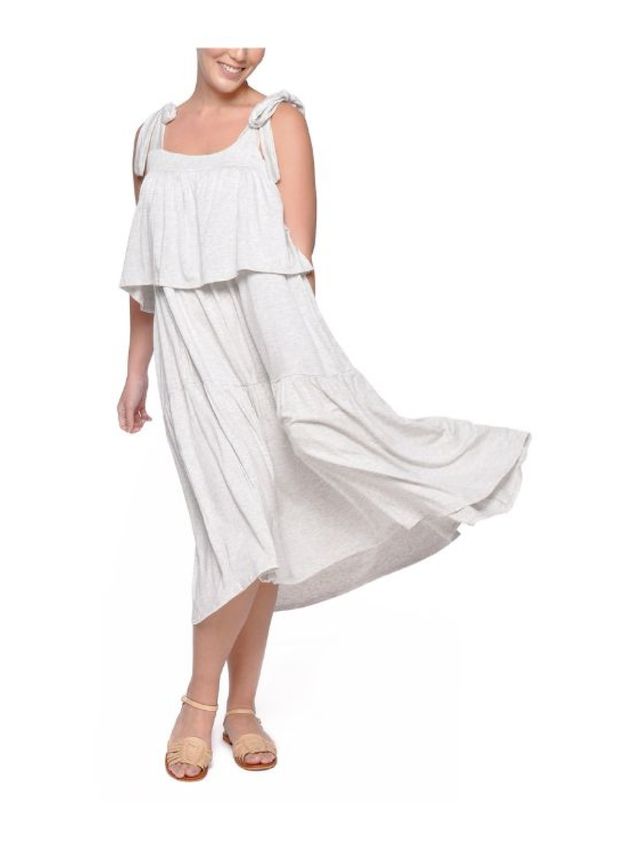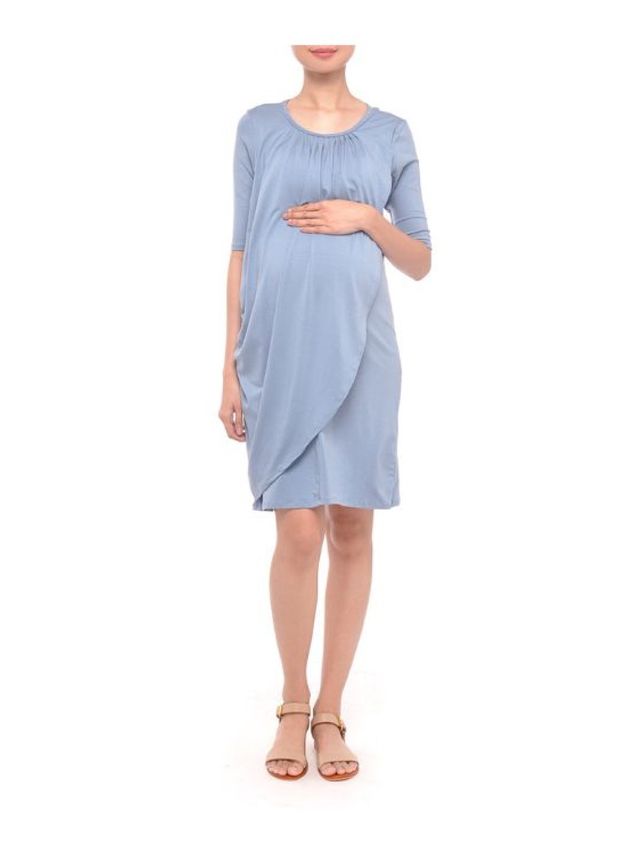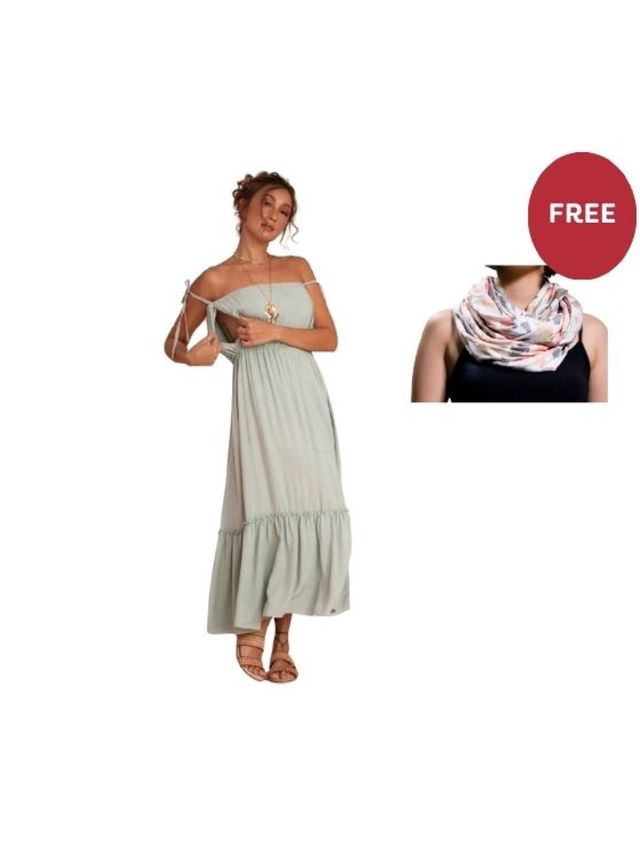
While breastfeeding is a natural occurrence for mothers and their babies, it doesn’t always feel as natural. Your body can react to breastfeeding in different ways, especially in the beginning when your nipples may become dry, cracked, chapped, itchy, or even bleeding when your baby is still trying to get used to feeding.
As tough and painful the adjustment period could be as your baby learns the best and proper latching position, a soothing nipple cream for nursing can help you cope by providing much-needed relief during your breastfeeding journey.
Nipple creams are safe for use on a daily basis, or as frequent as you need it. Moms can begin to use the creams towards the end of pregnancy, so as to give your nipples enough time to adjust before the arrival of your baby.

What Do Nipple Creams Do?
If you’ve experienced nipple pain from breastfeeding, or have heard stories from other moms while you are expecting, you are likely trying to find a solution to your problem.
In general, it may take your nipples a week or two to adjust to breastfeeding. While it’s tempting to just deal with the pain, that would definitely be an uncomfortable journey for you.Having a good and reliable nipple cream can prevent or stop this all from happening.
Choosing a Nipple Cream
It is important to know what type of cream you are putting on your skin, especially since these may affect your baby indirectly. There are many nipple creams available in the market that are formulated especially for breastfeeding moms, but there are a couple of factors that are important for you to consider when buying one.
Look at the Ingredients
Any product you put on your nipples will be ingested, even in small amounts, by your nursing baby. Before purchasing a nipple cream or balm, read through the label first to check the ingredients. If you’re reading and it sounds as if everything was made in a laboratory, you might want to pass on the cream. Those made with natural ingredients will always be best, as it is more reassuring especially when it comes to your baby.
You should also check whether or not it is safe to use before a feeding and does not need to be washed off, although many nipple creams and salves are made of organic and plant-based ingredients, giving moms peace of mind.
A lot of nipple creams contain lanolin, an ingredient long-used in the skin care and cosmetics industry for its ability to lock-in moisture and prevent water loss. In recent years, though, lanolin has also gained a bad reputation for being a skin irritant and for causing allergic reactions.
While lanolin is considered to be safe for breastfeeding moms and babies, it is important to determine which formula works best for you. Lanolin is not recommended for people allergic to wool.

It is also important to avoid petroleum-based creams and alcohol-based creams. Alcohol tends to dry skin out, which could lead to more cracking and discomfort.
Although tempting, also be cautious of products that provide a numbing effect. These creams do not heal anything, and just dulls the pain for a little while. Instead of trying a band-aid solution, you may use ice or cool washcloths to numb the pain.
Go for Consistency
Given that you’re using a nipple cream to rid yourself of discomfort, you’ll definitely want a product that glides on easily. Thick and sticky creams can be tough to apply and may rub off on your skin and nursing bra, leaving it greasy and uncomfortable. On top of this, applying a thick and sticky cream before feeding can distract your hungry little one from getting milk.
To minimize stains caused by nipple creams, using reliable breast pads may help. Although most nipple creams do not need to be washed or wiped off, the breast pads can help in removing a significant amount before your next feeding.
Consider Fragrance and Taste
Balms and creams may have a slight scent or taste, depending on its ingredients. Most nipple creams do not have any artificial fragrances added to them, and the scents are often from the natural ingredients found in it, such as virgin coconut oil or shea butter.
While the scent isn’t bothersome to most babies, try to notice if your little one is a fan so you can adjust accordingly.

Mom-Recommended Nipple Creams
Now that you have a clear idea of what to look out for when purchasing your nipple cream, here are some tried-and-tested creams and balms rated by edamama mothers around the Philippines for their effectiveness and formulation.
Buds & Blooms’ Nipple Nurse is a non-sticky formulation made especially for breastfeeding moms. It is made with a blend of natural berries, certified organic virgin coconut oil, and rich beeswax. The balm is made of nurturing and restoring ingredients, allowing nipples to recover in-between feedings.
The balm is lanolin and pesticide-free, has no preservatives, and is made with food grade ingredients making it safe for daily use.
To use, apply to sore and cracked nipples after feeding to soothe. No need to wipe off before the next feeding. Nipple Nurse is also safe for use during pregnancy when nipples start itching and swelling.

The Aleva Naturals Nursing Balm is a plant-based formula for dry and cracked nipples. It is made of Organic Shea Butter which helps soothe and protect sore nipples from breastfeeding.
The balm is hypoallergenic and free from paraben, phenoxyethanol, toxin, and other harsh chemicals. It is safe to use on a daily basis and should be applied after feedings to relieve you of soreness.

Mustela’s Organic Nursing Comfort Balm is made of 100% natural and plant-based ingredients. It creates a moisturizing barrier that restores cracked or sensitized nipples, hoping to soothe mamas while breastfeeding.
The balm has no added fragrance, making it safe and comfortable for your baby. It has a rich and melting texture, making it easy to use without needing to worry about it leaving grease on your clothes.
To use, apply on the nipples after feeding. There is no need to rinse off the balm, but it is always best to clean your nipples before each breastfeeding session for your baby’s safety and for your own peace of mind.

The Biolane Nursing Balm aims to provide relief for sore nipples from frequent feedings. The rich and hypoallergenic nipple cream is made with lanolin, making it moisturizing, protective, and reparative.
The balm is recommended for use beginning the last month of pregnancy to prepare your nipples for breastfeeding.To use, put a tiny amount on your nipples to soften them. This prepares your breasts for your little one’s strong sucking reflex. Apply daily to soothe tightness around your breasts and heal irritated nipples.

The Orange & Peach Natural Nipple Balm is made to assist moms in breastfeeding. It is made of virgin coconut oil that soothes, protects, and moisturizes the nipple area. It is free from lanolin and made with all-natural ingredients that heal sore and cracked nipples swiftly.
The balm is safe for mom and baby, and there is no need to remove it prior to breastfeeding. It helps heal sore and cracked nipples, and should be applied after feedings.
Last but not least, the natural nipple balm is also cruelty-free, and has not been tested on animals.

Now that you have an idea on what nipple creams to use, there are a couple more remedies that may help your nipples recover from breastfeeding. Moms have found that showering with warm water or using a warm compress after a shower helps, and air drying your breasts instead of using a towel to avoid irritating it further. Last but not least, wearing loose and flowy tops also helps in avoiding unwanted friction in the area.
--------------------------------------------------
Celebrate the beauty of motherhood and breastfeeding with Elin's timeless, comfortable, and versatile wardrobe essentials


